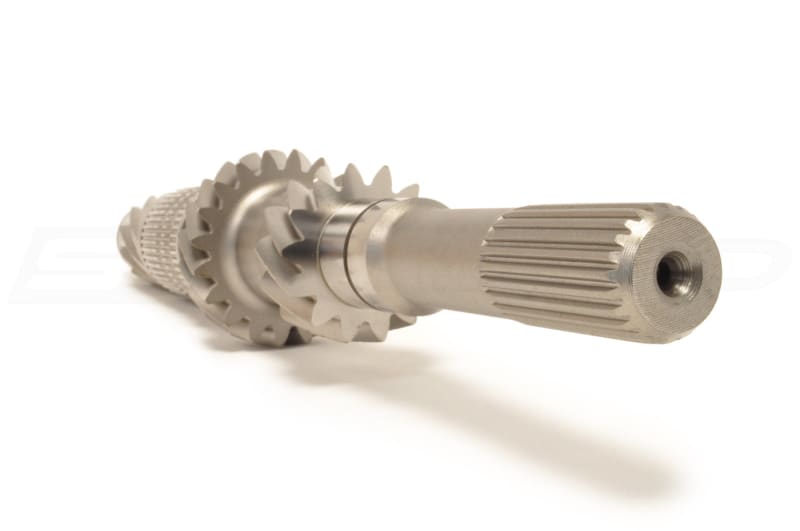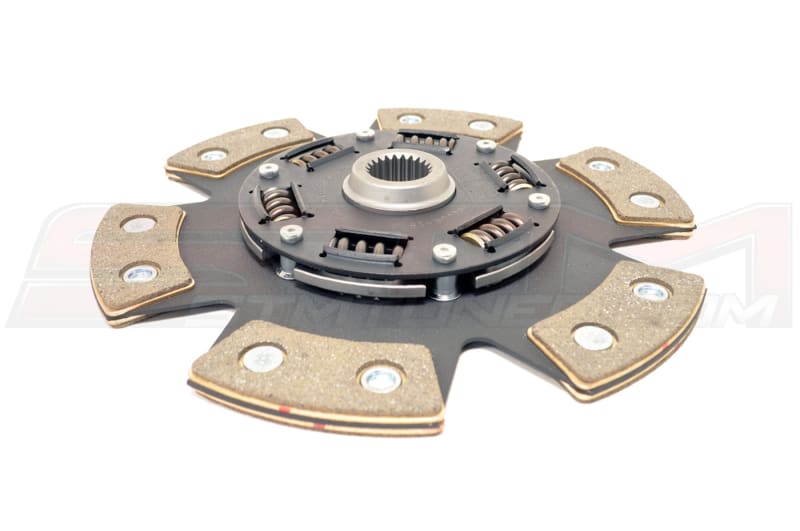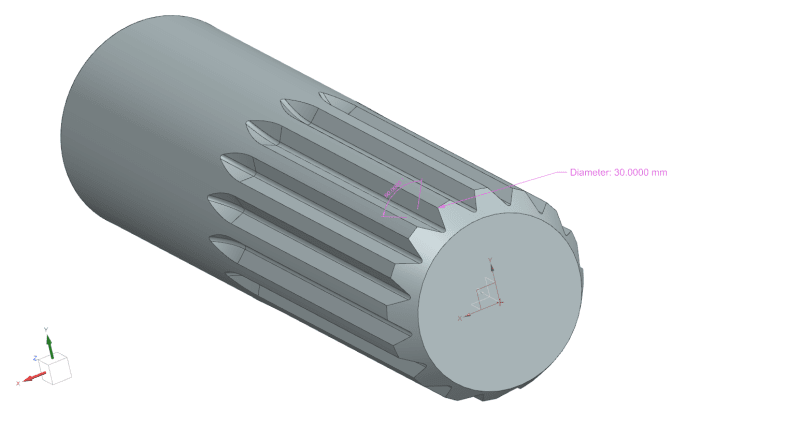Navigation
Install the app
How to install the app on iOS
Follow along with the video below to see how to install our site as a web app on your home screen.
Note: This feature may not be available in some browsers.
More options
Style variation
-
Congratulations cowski on being selected by the Eng-Tips community for having the most helpful posts in the forums last week. Way to Go!
You are using an out of date browser. It may not display this or other websites correctly.
You should upgrade or use an alternative browser.
You should upgrade or use an alternative browser.
Is there is a proper standard for designing choosing and straight coupling splines?
- Thread starter St0RM33
- Start date
- Status
- Not open for further replies.
EdStainless
Materials
please don't double post
= = = = = = = = = = = = = = = = = = = =
P.E. Metallurgy, consulting work welcomed
= = = = = = = = = = = = = = = = = = = =
P.E. Metallurgy, consulting work welcomed
- Thread starter
- #3
TugboatEng
Marine/Ocean
SAE, ISO, and DIN all have standardized spline forms with supporting application notes. Poor lubrication conditions will add application specific challenges.
GregLocock
Automotive
The SAE standard is J499, my copy is elsewhere at the moment. is also relevant
Cheers
Greg Locock
New here? Try reading these, they might help FAQ731-376
Cheers
Greg Locock
New here? Try reading these, they might help FAQ731-376
- Thread starter
- #6
Sorry but both of those are not this type.
J499 is parallel sides and 510206 involute splines.
The ones i am talking about are serrated splines cut with a standard lathe cutting tool (usually 90 degrees but could be any angle you want technically if you match the coupling)
See the difference here (edit, not very clear between involute and serrated, serrated can still have less teeth so there is no need for each tooth to follow the immediate one after, involute is defined by the involute tooth profile that cannot be observed by the photo):
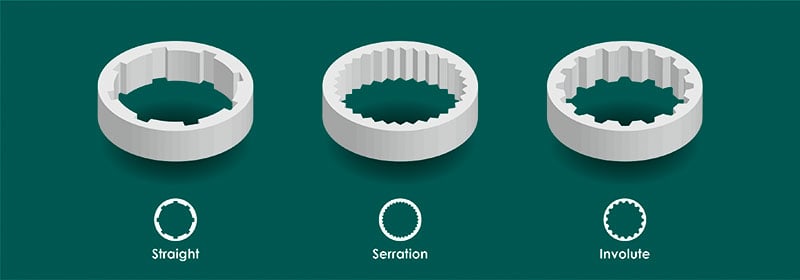
Here's a better section but still not 100% accurate:
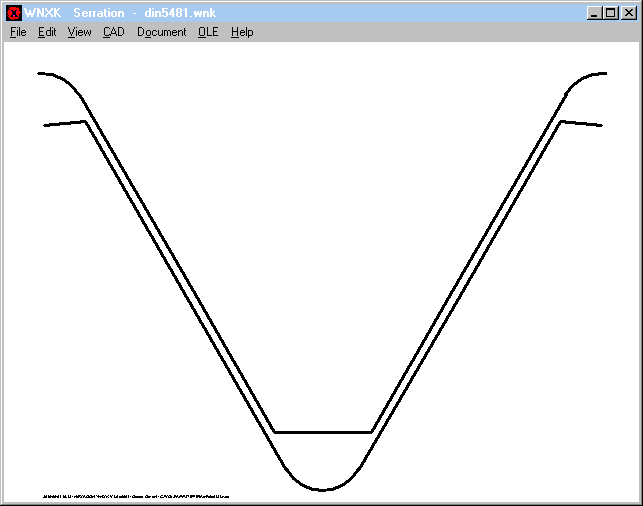
Also here are some videos showing how they are cut:
This type is the most commonly used spline because it's cheap and easy to make. Also it's probably better than the straight/parallel-sides spline because of less stress concentration and higher torque capacity, however this type is generally found in most agriculture PTO equipment still (probably due to legacy compatibility with older attachments)
J499 is parallel sides and 510206 involute splines.
The ones i am talking about are serrated splines cut with a standard lathe cutting tool (usually 90 degrees but could be any angle you want technically if you match the coupling)
See the difference here (edit, not very clear between involute and serrated, serrated can still have less teeth so there is no need for each tooth to follow the immediate one after, involute is defined by the involute tooth profile that cannot be observed by the photo):

Here's a better section but still not 100% accurate:

Also here are some videos showing how they are cut:
This type is the most commonly used spline because it's cheap and easy to make. Also it's probably better than the straight/parallel-sides spline because of less stress concentration and higher torque capacity, however this type is generally found in most agriculture PTO equipment still (probably due to legacy compatibility with older attachments)
- Thread starter
- #7
GregLocock
Automotive
BS 2059 seems to cover serrated splines. I'd have thought a rolled spline would be far more satisfactory than a cut one.
Cheers
Greg Locock
New here? Try reading these, they might help FAQ731-376
Cheers
Greg Locock
New here? Try reading these, they might help FAQ731-376
- Thread starter
- #9
Yes it's done on mass production with this knurling machine since you need different dies depending on the tooth size: BS 2059:1953 does indeed cover serrated splines of the same profile ( )
- Thread starter
- #11
Looks i've mistyped it
mfgenggear
Aerospace
I work with aircraft applications, but all three type of splines are used. how ever 45 deg, splines are a pita. I prefer involute splines.
45 deg splines change on size with any post operations.
45 deg splines change on size with any post operations.
- Thread starter
- #13
GregLocock
Automotive
Not strictly true. A rack with the correct straight flanked teeth will cut an involute into a shaft if it is progressively fed across as the shaft is rotated. You wouldn't do it that way by choice, but that's how it would have been done once upon a time
Thinking about oit an easier way would be to use a cutter with straight flanks, and put the shaft on the bed of the milling machine. I think that's how i did it at college
Cheers
Greg Locock
New here? Try reading these, they might help FAQ731-376
Thinking about oit an easier way would be to use a cutter with straight flanks, and put the shaft on the bed of the milling machine. I think that's how i did it at college
Cheers
Greg Locock
New here? Try reading these, they might help FAQ731-376
mfgenggear
Aerospace
Storm33
30 degree spline are very common.
for high volume spline rolling, for moderate production spline hobbing and shaping , low to high volume spline grinding. I mostly work with mostly ANSI B92.i, again aircraft applications.
if the parts are high volume the tooling is relative inexpensive because the tooling is amortized by quantity of parts. the required quality and runout required will dictate the machining method.
30 degree spline are very common.
for high volume spline rolling, for moderate production spline hobbing and shaping , low to high volume spline grinding. I mostly work with mostly ANSI B92.i, again aircraft applications.
if the parts are high volume the tooling is relative inexpensive because the tooling is amortized by quantity of parts. the required quality and runout required will dictate the machining method.
- Status
- Not open for further replies.
Similar threads
- Locked
- Question
- Replies
- 6
- Views
- 2K
- Question
- Replies
- 8
- Views
- 1K
- Locked
- Question
- Replies
- 2
- Views
- 1K
- Locked
- Question
- Replies
- 2
- Views
- 1K
- Locked
- Question
- Replies
- 7
- Views
- 580

